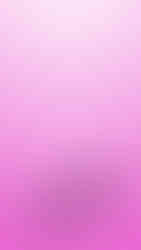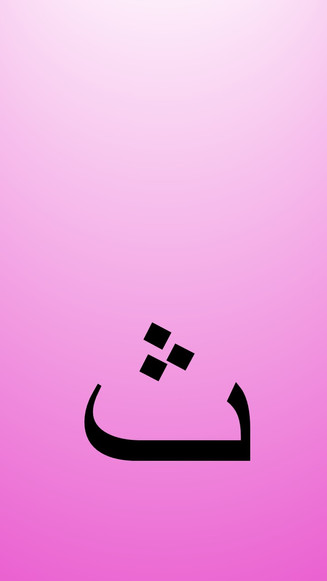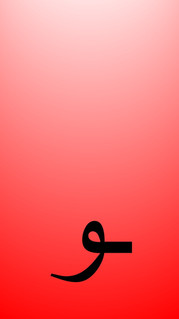Arabic Alphabet Letters for Dummies (Stand-alone Letters, Beginning, Middle, and End of Word)
- LearningArabicWithAngela
- Sep 10, 2018
- 2 min read
Updated: Jun 13, 2019
The Arabic alphabet is made up of 28 letters, written from right to left, although some consider it be 29 (by adding the Hamza ء). All of the letters are consonants, since the vowels in Arabic are denoted by diacritics or marks, which can be added to the letters, either on top or underneath. For better understanding click here to further read about Arabic diacritics. Most of the letters conjoin together when writing words, apart from few which do not, simply because of their shape. There are no capital versus small letters in Arabic.
Each Arabic alphabet letter can be written in four different ways or shapes when writing a word: when it is stand-alone or isolated, when it is at the beginning of the word, when it is at the middle of the word, and when it is at the end. For example consider the words باب ("bab" or door) and كبير ("kabeer" or large). You can see for the letter ب how it has changed in accordance to its position in the word, whether at the beginning, middle or end. You may feel it is a bit difficult at first glance, but if you look closer, you can see that all the "baas" ب look similar. For detailed understanding of the way each letter is written, you may wish to visit "The Beginner's Guide to Arabic" link.
I have created Arabic alphabet flashcards, depicting the four ways each letter is written.
You may access them in this gallery for personal use or download them from this link. You can also get them from Pinterest. If you would like to share any ideas or thoughts, please comment, and don't forget to subscribe to the blog, to stay updated.




Enjoy the free downloads. For more free Arabic learning and reading resources, check out our Stories and Downloads pages. Don't miss out on any new additions and free resources, subscribe to the blog (click subscribe from the main menu). And stay tuned by Liking our Facebook Page. It's the best way to stay in touch! Please feel free to share any ideas, comments or resources with other readers by leaving a comment below or emailing directly to the blog.
.png)































































































































































































































